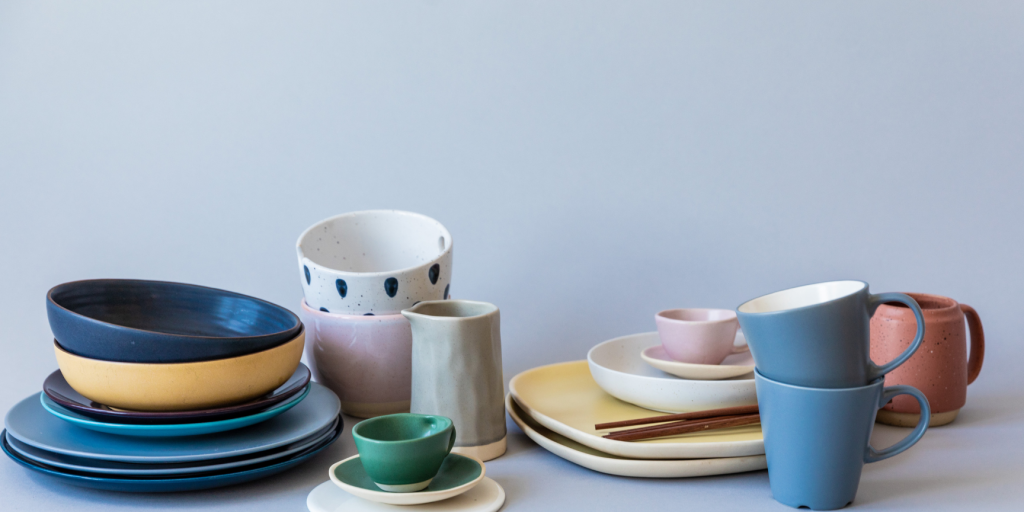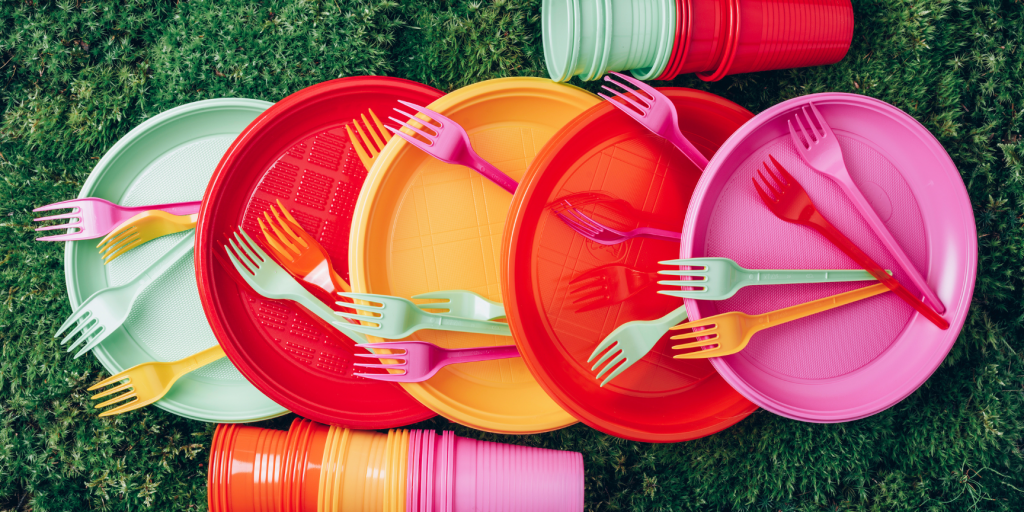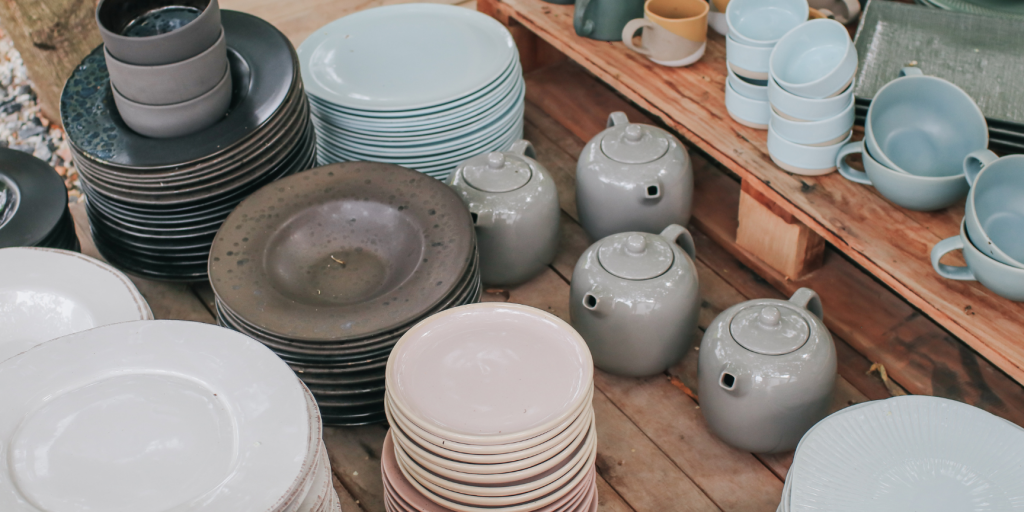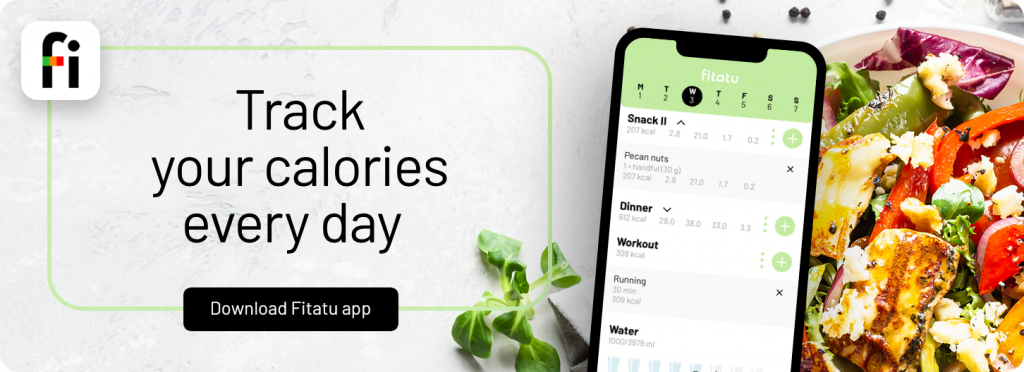Overview of materials intended for contact with food. What should kitchenware be made of?

Kitchenware is an essential part of every kitchen. Since it has direct contact with food, it must be made from safe materials. In this article, we will discuss the advantages and disadvantages of the materials used in their production.
In the European Union, the key legal act regarding materials and products intended for contact with food is Regulation (EC) No 1935/2004 of the European Parliament and Council dated October 27, 2004. All materials and products that come into contact with food must be manufactured in such a way that they do not transfer substances to the food that could:
- Pose a health risk.
- Cause unacceptable changes in the composition of the food.
- Negatively affect the taste, smell, or other organoleptic properties of the food.
For plastics, the regulations set out in Commission Regulation (EU) No 10/2011 of January 14, 2011 apply. This regulation includes a list of substances approved for use in plastics that may come into contact with food.
Plastic materials used in kitchenware production

Modern technologies allow the production of kitchenware made of plastics that are not only functional but also safe for health and the environment. Below are the most commonly used plastic materials for producing kitchenware.
Melamine
This is one of the most commonly used materials for producing kitchenware, particularly plates, bowls, and cups. It is resistant to cracks and scratches, easy to clean, and resistant to high temperatures (though it is not microwave-safe).
Polypropylene (PP)
Mainly used for producing cups, bowls, and food containers. It is heat-resistant and can be used in microwaves and dishwashers.
Polyethylene (PE)
One of the most versatile plastics. Used for producing bags, food containers, cups, and plates. It is highly flexible and resistant to chemicals. It can be used at low temperatures (suitable for freezers).
Polycarbonate (PC)
Used for producing durable kitchenware that is transparent, like glass. It is very resistant to cracks and impacts and can be washed in a dishwasher. Products made from this material include cups, glasses, and plates.
Polyester (PET)
Used for producing bottles, disposable packaging, and food containers. It is recyclable.
Polystyrene (PS)
This plastic is used to produce disposable plates, cups, and cutlery. It is lightweight and inexpensive. However, it is brittle (breaks easily) and has poor resistance to high temperatures.
Polylactic Acid (PLA)
This is a bioplastic made from renewable resources, such as corn starch. It is biodegradable and environmentally friendly. It is suitable for food contact but has limited resistance to high temperatures. It is mainly used to produce disposable kitchenware, cutlery, and cups.
Natural materials used in kitchenware production

Natural materials have been the foundation of kitchenware production for centuries. They combine durability, aesthetics, and eco-friendliness. As concern for the environment and health grows, more people are opting for kitchenware made from natural raw materials. Below, we present the most popular natural materials used in kitchenware production.
Wood
One of the oldest and most commonly used materials in kitchens. Naturally renewable, lightweight, and convenient to use. Unfortunately, wooden kitchenware is difficult to maintain as it requires regular care (e.g., oiling) to prevent drying out or cracking. Wood can absorb water and be prone to mold growth if not properly dried.
Bamboo
Very popular due to its durability and eco-friendliness. Bamboo is lightweight, does not absorb moisture, and is naturally resistant to bacteria. However, bamboo kitchenware may be less resistant to high temperatures compared to other materials.
Ceramics
A material made from clay that is fired at high temperatures, giving it durability and heat resistance. Ceramic kitchenware does not react with food and is ideal for baking and serving dishes. It has an aesthetic appearance and comes in various designs. However, it is fragile and prone to cracking.
Glass
Widely used in the production of kitchenware and utensils. Bowls, glasses, baking dishes, and food storage containers. Glass is resistant to acids and does not absorb odors or flavors. It is also heat-resistant and easy to clean. Unfortunately, glass kitchenware is prone to breaking. Borosilicate glass, used at high temperatures, is one of the safest materials.
What to consider when choosing kitchenware?
When selecting kitchenware, it is worth considering several factors to ensure they are functional, safe, and tailored to your needs:
Health safety
If you choose plastic kitchenware, make sure it is BPA-free (bisphenol A), which can have harmful effects on health. Check whether the items can be used in the microwave or oven if you plan to use them for heating food.
Functionality and use
If you use a dishwasher, make sure the kitchenware is resistant to high temperatures and the chemicals used in the washing process. Choose items that are resistant to scratches, cracks, and chipping, especially if they will be used daily. Also, pay attention to whether the items can be easily stored, which is important if you have limited space.
Ease of use
If you plan to use the kitchenware daily, consider their weight. Heavy plates can be difficult to handle, especially for children or older people. Comfortable handles on mugs and ergonomic shapes for bowls and plates can improve the user experience.
Eco-friendliness
If you are concerned about the environment, look for kitchenware made from biodegradable materials (e.g., bamboo) or those that can be recycled. Some brands offer items made in a more environmentally friendly way with a smaller carbon footprint.
Fitatu® app
Download the app from the Google Play Store or Apple Store and start tracking your macros with us!
Prefer the web version? No problem. A basic web version is available for our subscribers.
What else is included in Fitatu® Premium?
- over 2000 recipes, plus dozens of new ones every month,
- additional intermittent fasting plans,
- the ability to create shopping lists,
- 7 ready-made meal plans,
- filtering products and recipes,
- more sync options with fitness apps,
- access to the web version of the app,
- no ads!
Fitatu Support Group
Join our Facebook community! Discover inspiring recipes daily, receive support from other healthy eating enthusiasts, and benefit from professional dietitian advice from Fitatu. Get inspired and take care of your health in the best company!






